The government’s long-awaited plan to tackle air pollution was always going to be controversial, after the High Court had dismissed earlier proposals as not good enough, and set a deadline of July 31 for it to come up with something better. But the media storm whipped up by its UK Plan for Roadside Nitrogen Dioxide Levels had little to do with its contents, and instead focused on something that will not take effect for 23 years.
The first line of the press release announcing the plan confirmed the government intended to ban the sale of "conventional cars and vans" by 2040. While this appears to have been news for the media, and was the day’s headline for many channels, it was no surprise for industry insiders as the government had announced this intention as early as 2011. And while some reports suggested this was the death knell for petrol and diesel the truth is more nuanced.
The ban does not cover hybrid vehicles, which would still need petrol and diesel. However, the government also has a long-held intention for "almost every car and van on the road to be a zero emission vehicle by 2050", which would presumably exclude hybrids. Also, there is no mention of all the other road vehicles currently using fossil fuels such as lorries and motorbikes.
Chris Hunt, director general of UK Petroleum Industry Association (UKPIA), comments: "Government’s announcement on Wednesday July 26 of the banning of petrol and diesel cars from 2040, and the orchestrated media clamour that surrounded it, was unhelpful to say the least. UKPIA did not rise to comment until it had seen the details later in the day, where it transpired that the ’ban’ was over-hyped and would only apply to ’conventional’ petrol- and diesel-engined vehicles in other words, hybrids powered by fossil fuels and existing cars would be fine for 2040 and beyond, which is where the industry thought things would be anyway. This misleading roll-out of policy intentions unsettles the consumer, vehicle industry and us all as suppliers of the vital oil-based energy that makes our nation’s mobility possible. Let’s hope for a more rational approach in the future."
Another issue is the enormity of reconfiguring the UK’s car fleet and the infrastructure supporting it. According to the Society of Motor Manufacturers and Traders (SMMT), there were 34.4 million cars in use in the UK at the end of 2016, and of these less than 70,000 were plug-in vehicles. In January to June this year more than 1.3 million diesel and petrol cars were sold compared to less than 59,000 alternatively fuelled vehicles (AFVs), and although AFV sales were up 27.5% on the same period a year ago, they only account for 4.2% of the market.
One of the reasons cited for consumers’ reluctance to buy electric vehicles (EVs), even with a hefty grant, is their lack of range, before they need replenishing. When it comes to charging electric vehicles there are fears that plugging in as few as four vehicles in a single area could overload a local electricity substation, and that the national grid could not cope if there was mass adoption of electric vehicles. According to the Department of Transport’s National Chargepoint Register there were 7,079 publicly funded chargepoints across the UK and the government has outlined plans to compel "larger service stations" to provide them. However, with the high cost of providing a charging point, and the fact that even a rapid charger will take 30 minutes to bring a battery up to 80% charge, few garages are currently providing this service.
Another zero emission option, hydrogen, could be of more interest to service station operators as it can only be dispensed from a forecourt pump, and a car can be refuelled in three minutes. But with less than 10 publicly available sites across the UK, it will be a long time before it is viable for retailers without massive subsidy.
The biggest barrier to phasing out fossil fuels may well be financial. Even the cost of subsidising new infrastructure, fuels and grants for vehicles pales into insignificance when the loss of tax revenue to the Exchequer is taken into consideration. PRA chairman Brian Madderson points out: "In the longer term, the Treasury stands to lose up to £20bn of fuel duty and VAT tax income every year if retail sales of petrol and diesel evaporate. What are their plans for replacing this significant contributor to the national budget? Are EVs suddenly going to bear the brunt of the shortfall?"
There are plenty of question marks over the government’s longer-term plans, but the forecourt sector may be happier about the new proposals to improve air quality that were announced. Stepping back from rhetoric that demonised diesel, it says any changes "must be done in a way that does not unfairly penalise ordinary working families who bought diesel vehicles in good faith. This includes those people who purchased diesel vehicles following tax changes made by previous governments which focused on fuel economy and carbon dioxide (CO2) emissions, rather than NO2 emissions".
It says that local authorities will be able to introduce charging zones for diesel vehicles, but only where there are no other viable options to reduce air pollution to legally permissible levels. It adds: "The government is clear that local authorities should exhaust other options before opting to impose charging. Any restrictions or charging on polluting vehicles should be time-limited and lifted as soon as air pollution is within legal limits."
It certainly looks as if the govern-ment is planning for petrol- and diesel-powered cars to be on our streets for some time to come.
Giving hydrogen its fair share
ITM Power, which supplied the equipment for Shell’s hydrogen refuelling site at its Cobham services on the M25, has called on the government to provide equivalent financial support for hydrogen fuel cell electric vehicles (FCEV) infrastructure as it has already provided for plug-in battery electric vehicle (BEV) infrastructure. It warned the government will not meet its target of 65 operational hydrogen refuelling stations by 2020 unless funding is increased.
It added that equivalent funding would satisfy the government’s stated position of being technology agnostic, and that FCEVs had significant advantages over BEVs.
Refuelling time is seen as a key advantage of hydrogen electric drivetrains. Most FCEVs can be refuelled in three minutes, allowing for fuel forecourt dispensing as refuelling takes a similar time to petrol and diesel. ITM said that even with fast chargers, residing on forecourts for 30 minutes is impractical and so charging (for cars) is likely to be at home, with limited range. It also claimed electrolytic hydrogen, made on-site, now has cost parity with petrol and diesel in many parts of the world including the UK. It added that it recognised that BEVs have a major role to play in cities to improve air quality and where range and recharging times are less important.

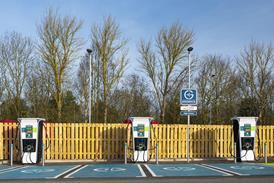
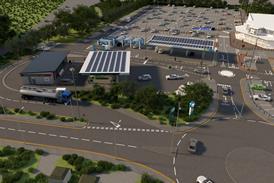
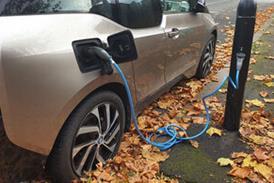

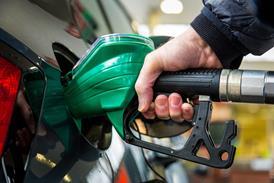
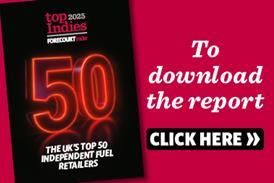


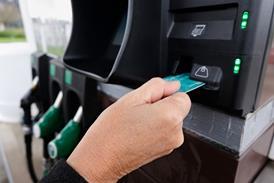


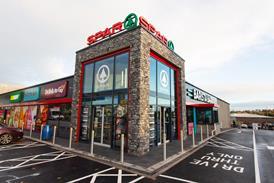


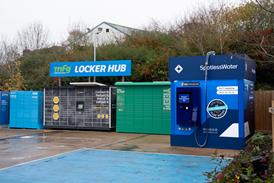
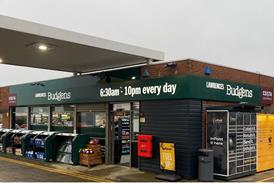




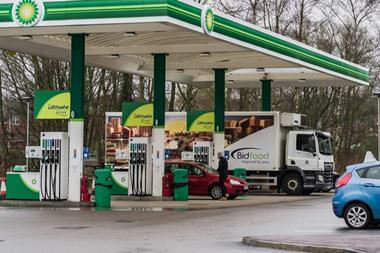

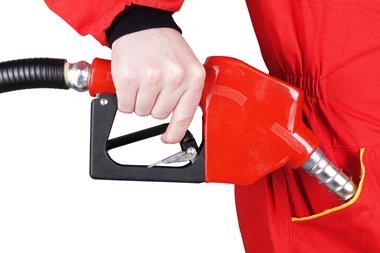






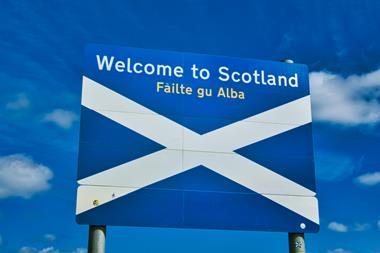
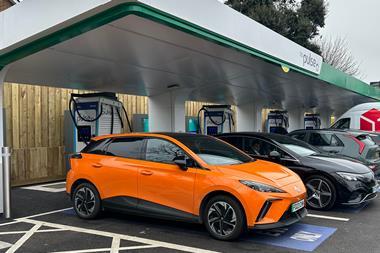

No comments yet